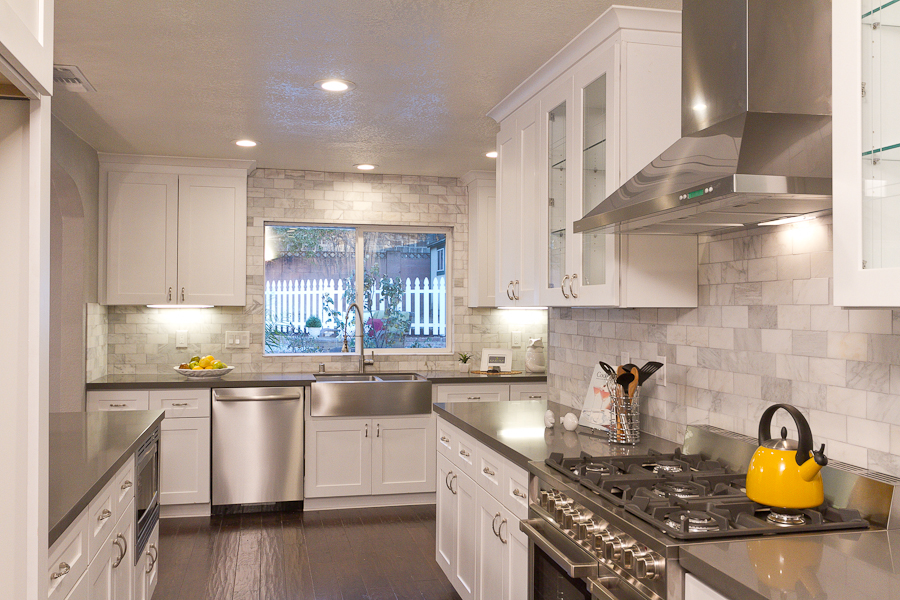
16 May Are you ready for your remodel?
It is exciting to begin any home improvement project where you make your dream a reality, and this excitement often leads homeowners to making costly mistakes in the remodel process. Use these four tips to help you get the most bang for your buck and eliminate many of the headaches that come along with tackling a renovation.
1. Understand your budget
The first step is to determine what you can really afford. You need to begin by establishing an “all-in” number that you know with certainty is a realistic budget. This may be cash you have on hand, or you may want to consider a HELOC (home equity line of credit) to cover your costs. Once you have this number, do some research for your area and see what reasonable costs are for appliances, cabinets, flooring, tile installation, or whatever you might need to complete your project. This can help you determine if your design ideas are realistic for your budget. Also, make sure that you include a 20% reserve for possible code compliance issues and unforeseen conditions that almost always occur. You don’t want to waste your time or a contractor’s time if your wallet doesn’t support the project.
2. Organize your design
Chances are, you have some pretty amazing ideas and inspirations to contribute to your project but communicating those ideas can be challenging. A picture really is worth a thousand words, so start collecting photographs that support your vision. Websites such as finehomebuilding.com, housebeautiful.com, and even Pinterest offer thousands of design ideas that can help you build your own idea portfolio. Once you determine if you need an engineer, architect, or designer, share your ideas with the professionals who can prepare drawings of your space. For example, if you are going to install kitchen cabinetry, the cabinet designer should be able to render 3-D drawings of the design with an overhead layout of the kitchen and elevations that can confirm that your design truly matches your vision.
3. Know your local requirements
Many municipalities have permit requirements or restrictions that should be considered prior to hiring your contractor. Additionally, many HOA’s (Home Owner Associations) have covenants, restrictions, or approval requirements that should be understood by the homeowner so that you are prepared to share information with your contractor. This can help reduce unknown expenses or time delays in completion of your project.
4. Collect your bids
Once you have established your budget, collected design ideas, and know your local requirements, you are ready to select a contractor. It is advisable to request multiple bids. You want to make sure the costs are in line with your area and that you are not being price gauged. You should be prepared to share your budget and your idea portfolio with the contractors under consideration. It is a common misconception that homeowners should keep their budgets close to their chest when, in reality, a solid budget is helpful in preparing an accurate bid and serves as a prioritization tool for the contractor to help meet your needs. Keep in mind, price is not the only consideration in selecting a contractor. Their reputation, availability, experience, and dependability are equally important.
Jeni C. Powell is a freelance writer who specializes in blog posts, website content, summary and analysis, and editing. Her industry related strengths include Marketing, Education, Home Living, Construction, Legal, and Parenting. Please visit her website at www.jenifreelance.com




No Comments